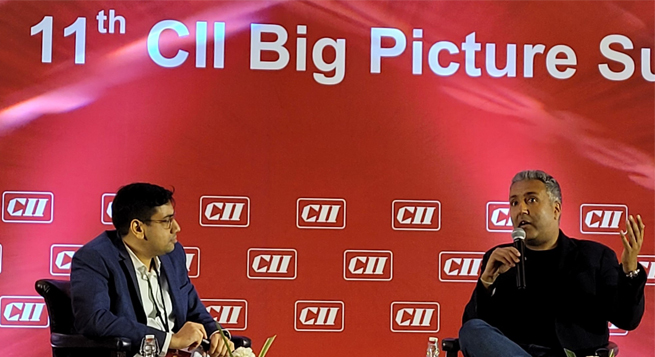Streaming is giving more reach to films, providing more opportunities to creators and talent, and fuelling the country’s creative economy, said Gaurav Gandhi, Vice President of Prime Video India.
Participating in a fireside chat on ‘Streaming and its Impact on Media and Entertainment’ at the CII Big Picture Summit 2022 on Wednesday in New Delhi, Gandhi said, “Streaming is a core part of the industry and a big enabler for making more movies.”
In response to a question from the conversation moderator, Media Partners Asia VP Mihir Shah, about streaming providing a new outlet for producers to release their films during the pandemic, and whether the trend placed theatres and streaming on opposite ends of the spectrum, Gandhi stated, “Theatre and streaming are symbiotic and not on the opposite ends. The theatre experience is unique and is here to stay. It’s an experience that customers enjoy together on a very large screen.
“And there’s no reason for one experience to replace the other. It’s all additive.”
He added: “The film industry is about content creators who are making films and wanting access to customers. We are all means to that end and providing that access. So, if you’re able to give a much larger access to a customer base to a creator or talent, how does that become at odds with the objective of the filmmaker?”
According to a media statement issued by Amazon Prime Video India, Gandhi opined releasing movies direct to service (DTS) during the pandemic opened people’s eyes to the reach and impact of streaming because streamers were releasing movies not just in one market, but nationally and globally. This dramatically increased the total addressable market for creators and actors.
Talking about the various models of streaming films, he added, “DTS is not the only model. A film can come straight to streaming, or we can license it. We could produce an original movie like ‘Maja Ma’ or we could co-produce films as we did with ‘Ram Setu’.
“As an industry, all streamers are investing forward in content with producers, enabling them to create more films, and giving them access and reach. All of this fuels the creative economy further.”
In response to a question about how streaming benefits talent, both in front of and behind the camera, Gandhi stated that streaming has three distinct advantages for talent.
“First, in the streaming world, we cast for characters, allowing for a very wide range of talent to become household names and stars, expanding the definition of what we call a star today,” he explained.
Adding further, he reiterated, “Because of the expansion of the total addressable market, for the first time, we can see the Indian film industry together, and not separately as Hindi, Tamil, Telugu, Malayalam, Kannada and so on. So, the market for talent is pan-India and global. Thirdly, the kind of stories being told, which couldn’t have been told earlier, provides an even wider opportunity to everyone.”
Emphasizing the role streaming can play in taking Indian content to the global market, Gandhi said, “Releasing a movie simultaneously in 240+ countries and territories and getting global viewership is a massive opportunity. We don’t box ourselves to say that a story is made for a particular audience only.
“A good example would be a series we released recently, ‘Suzhal – The Vortex’. Originally in Tamil, we took it globally by releasing it in 30+ Indian and international languages. On an average, 20 percent of viewership for our Indian originals comes from outside of the country. Fifty percent viewership of our Tamil, Telugu, Malayalam, and Kannada cinema comes from outside the home States. This is a win-win for the entire industry and the customers.”
Gandhi, a veteran of the media industry who came to Amazon from Viacom18’s digital venture VOOT, confidently claimed that three to five years down the line, India will “genuinely be talked about” the same way as people talk about Korea and Turkey in terms of global hits from these markets.
Asked about Prime Video’s video entertainment marketplace and whether the Indian market was ready for new business models, Gandhi felt that whatever choice the customers make, it only goes on to expand the options available to creators.
“Whether the customers want to take a subscription service, or they want to add another channel (Prime Video Channels), or they want to watch a movie on rent (Movie Rentals), all of these are just expanding the pool of customers who can access premium content.
“While we are investing deeply in creating supply through licensing films, producing original movies, and co-productions, at the other end, we are also enabling distribution. It’s democratic for the creators and customers, liberating them from being stuck to a particular model,” Gandhi explained.
When discussing the role of streaming in the overall M&E landscape post-pandemic and future growth opportunities, he emphasised the industry’s strong tailwinds, such as ubiquitous devices, affordable data, great content, and a younger population adopting streaming.
“The first was temporary; people had more time on their hands,” he said dwelling on the three major pandemic-induced changes, adding, “The second and third were permanent — streaming altered their viewing habits, and they had access to a broader range of content across genres and formats, resulting in a broader linguistic palette. These changes fuelled the growth of not only streaming, but also related industries.”
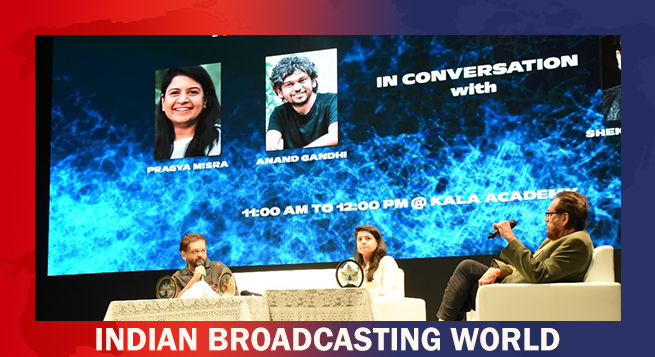 Filmmaker Shekhar Kapur feels AI ‘yet to match human imagination’
Filmmaker Shekhar Kapur feels AI ‘yet to match human imagination’ 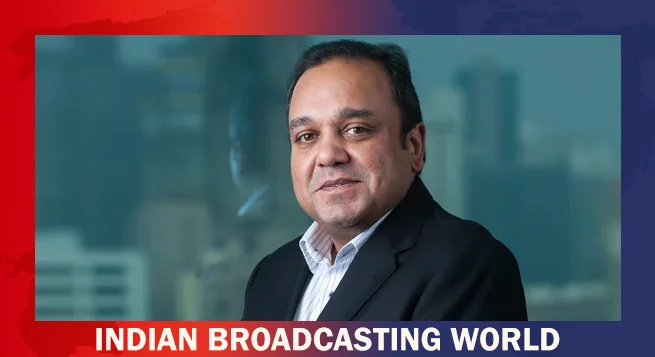 Punit Goenka makes himself unavailable for Zee MD post ahead of AGM
Punit Goenka makes himself unavailable for Zee MD post ahead of AGM  ABP News overtakes Aaj Tak, ABP Majha leads Marathi news market
ABP News overtakes Aaj Tak, ABP Majha leads Marathi news market  Zee Cinema to premiere ‘Auron Mein Kahan Dum Tha’ on Nov 30
Zee Cinema to premiere ‘Auron Mein Kahan Dum Tha’ on Nov 30 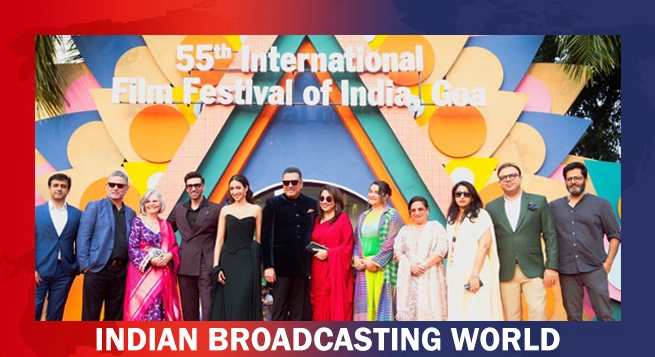 Boman Irani’s ‘The Mehta Boys’ shines at its Asia premiere at IFFI
Boman Irani’s ‘The Mehta Boys’ shines at its Asia premiere at IFFI  WBD revolutionizes streaming ads with ‘Shop with Max’ ‘Moments’
WBD revolutionizes streaming ads with ‘Shop with Max’ ‘Moments’ 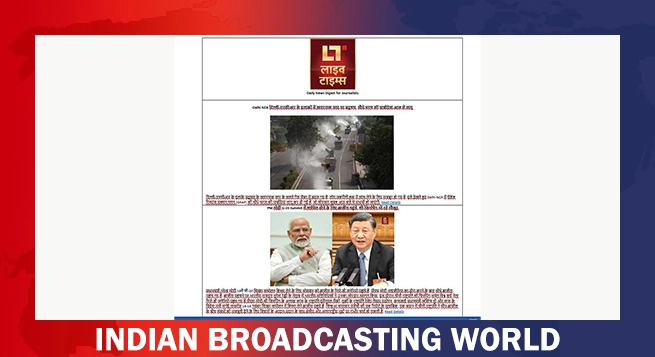 Live Times unveils ‘Daily News Digest for Journalists’
Live Times unveils ‘Daily News Digest for Journalists’ 


